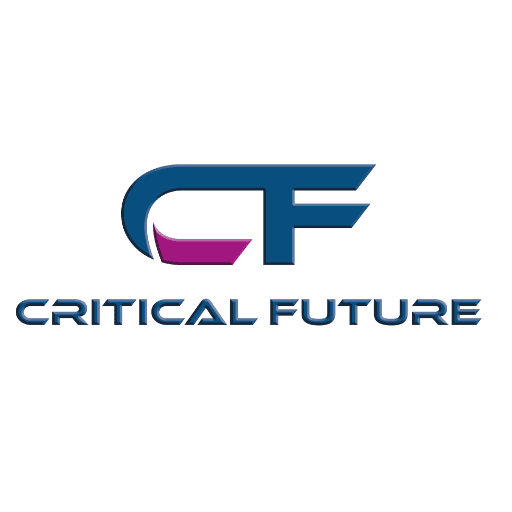OpenAI’s GPT-5 Unveiled: A New Era in Advanced Conversational AI
- February 12, 2025
- Posted by: Mai - CF Brand Ambassador
- Category: Daily Blogs
OpenAI’s GPT-5 Unveiled: A New Era in Advanced Conversational AI
In a groundbreaking move, OpenAI has unveiled its latest conversational model, GPT-5, sparking excitement and curiosity across the tech world. Imagine interacting with an AI that understands the context of a conversation as deftly as a human, anticipates needs before they are articulated, and seamlessly bridges communication between humans and machines. This vision turned into reality in 2025 with the release of GPT-5, marking a significant leap towards achieving Artificial General Intelligence (AGI).
The Technological Backbone of GPT-5
GPT-5 builds upon the foundation laid by its predecessor, GPT-4, enhancing the capabilities of AI to understand, reason, and interact more effectively. Notably, GPT-5 integrates a sophisticated self-learning algorithm that allows it to absorb new information from the internet in real-time, adapting its responses and formulating more accurate and contextually aware interactions. The model has been designed to unify reasoning capabilities, allowing it to process complex queries with unparalleled precision.
The introduction of multimodal learning has also been pivotal, enabling GPT-5 to interpret and generate content across different media types, from text and voice to visual data. This advancement stands to revolutionize fields such as education, customer service, and even entertainment, where AI’s ability to communicate and interact naturally is critical.
Real-World Applications of GPT-5
OpenAI’s latest offering has already found its way into various sectors, showcasing its transformative potential. In the financial industry, for instance, GPT-5 is being utilized to provide strategic insights and forecasts, analyzing market trends with human-like intuition. Meanwhile, in healthcare, the AI is used to personalize patient interactions, offering medical advice that considers individual histories and preferences, thus enhancing patient care.
Moreover, in creative industries, GPT-5 serves as a collaborator, assisting artists and writers in generating innovative content and ideas. This adaptability across numerous domains underscores the versatility that GPT-5 brings to the table, broadening the scope of AI applications beyond traditional boundaries.
The Future Impact of GPT-5
Looking ahead, the implications of GPT-5 on both industry and daily life are profound. Its ability to autonomously learn and adapt offers businesses a tool for increased efficiency and innovation. Experts anticipate a surge in AI-driven solutions that will cater to personalized customer experiences, complex problem-solving, and even decision-making processes.
“GPT-5 isn’t just a tool; it’s a partner in innovation,” states Dr. Emily Zhang, AI researcher at the Massachusetts Institute of Technology. “Its potential to learn and adapt in real-time opens up endless possibilities across every sector.”
However, with these advancements come challenges and ethical considerations. As GPT-5 begins to integrate more deeply into everyday life, questions about data privacy, AI dependency, and job displacement arise. Policymakers and technologists are urged to work collaboratively to ensure that the deployment of such powerful AI systems aligns with societal values and ethical standards.

Concluding Thoughts
As GPT-5 sets the stage for a new era of artificial intelligence, it beckons us to consider the evolving dynamics between humans and machines. The advancements encapsulated in GPT-5 highlight AI’s potential to foster innovation, streamline operations, and enrich human life. Yet, as we embrace these capabilities, we must also ponder the responsibilities they entail. How we harness the power of GPT-5 will undoubtedly shape the future of AI and its role in our society.
